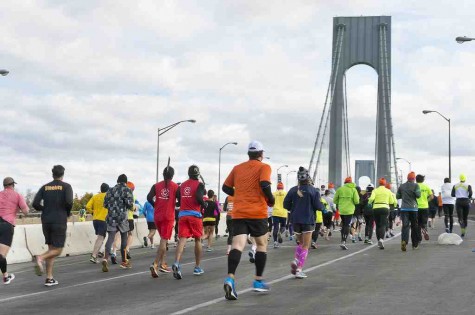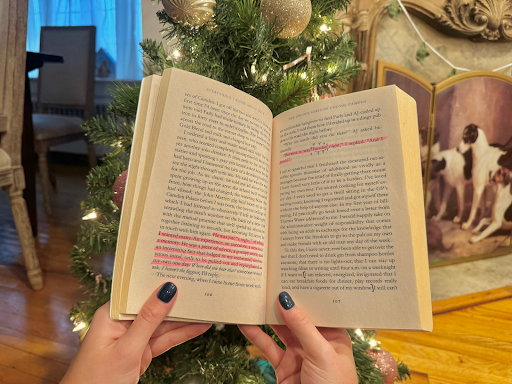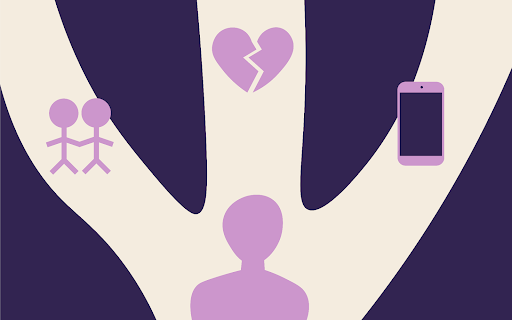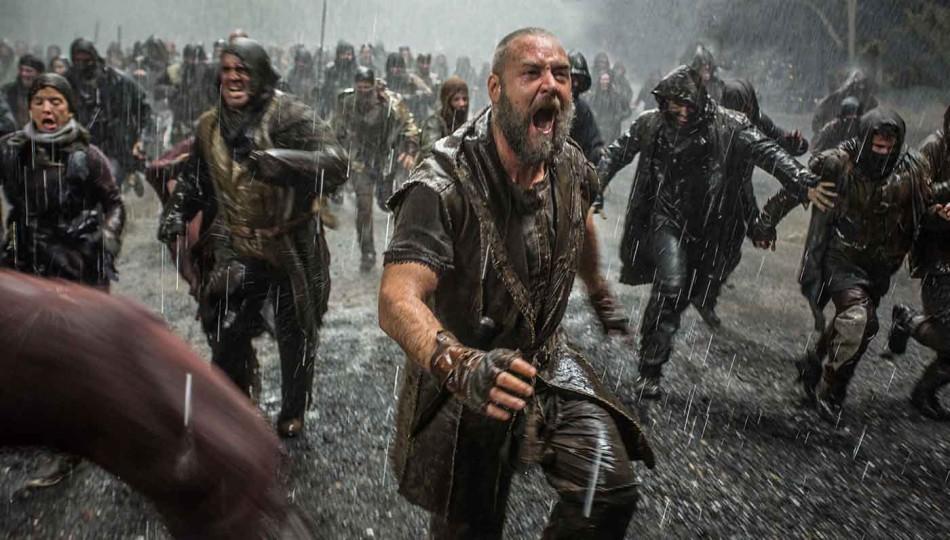
24 miles down. Just 2.2 more to go.
Thousands upon thousands of runners had this very thought as they passed that ‘Mile 24’ threshold in Central Park East this past Sunday. Just 2.2 to go, and they would finally complete the 2014 TCS New York Marathon, and with it, one of the toughest and most physical challenges known to man.
To those of you unfamiliar with the marathon, it covers 26.2 miles of New York City and encompasses all five boroughs. It begins in Staten Island before passing through Brooklyn and Queens, then the runners spend some time in the Bronx before they reach the finish line in Manhattan’s Central Park.
Fitted in my green poncho and blue latex gloves I witnessed the exhaustion and dedication of these runners who passed me by on their way to Mile 25.
But what led up to this point in the day?
I arrived at Central Park East (behind the Metropolitan Museum of Art) at 8:30 in the morning, and was instructed on arrival to put on a green poncho (which I was thankful for later) and a pair of blue latex gloves as I was there to volunteer at the fluid station.
The next two and-a-half hours of my day consisted of filling numberless cups with water. I myself opened 10 gallons of water. Roughly 50,000 people ran on Sunday, so we had to plan accordingly. Our station at Mile 24 was over 50 feet long, with three levels of cups of water and Gatorade. We filled probably four or five trashcan-sized bins with that endurance formula. Perfect for these runners.
And then the marathoners came.
First up were the wheelchair and handcycle categories. Often overlooked, this group of marathoners are rather striking in that they obviously cannot run.
So what do they do?
They are placed in a tricycle/cart hybrid and use their upper body strength to make the wheels move. They had to do this for 23.2 miles (the length had to be adjusted because of the high winds).
Honestly, if you ask me, that seems much more challenging than running for 26.2 miles. Of course, I haven’t done either (yet) so my opinion isn’t entirely valid.
This handcycling was something that I have never seen before, nor was I ever aware that people without functioning legs can complete a marathon. To me this is a tremendous victory for the human spirit. These marathoners range from amputees to wounded warriors to people born without functioning legs or are paralyzed from the waist down because of some sort of accident.
How incredible it is for these impeccably strong individuals to complete such a feat.
After that wave came the professionals. For that wave and the following six hours the road was filled with nothing but runners.
My hip firmly attached to the fluids table, I had to give the cups of Gatorade to these marathoners.
Easy, right? All I had to do was give someone a cup.
Nope.
For one, you had to hold these Gatorade cups from the palm of your hand and pinch the bottom of it with your thumb and your index finger – you certainly would not want to knock a cup of water out of anyone’s hand. Let’s factor in nervousness, the wind and the cold, too. So, in short, my hands were trembling the entire time.
The first person to actually grab a Gatorade from me was a professional woman trying to win the darn thing.
As odd as this may seem, it was such a strange – as I cannot find another word to use – feeling when she actually grabbed the cup from my hand.
What a feeling.
And then the next professional came (this one was a man, not named Meb) and he didn’t connect with the cup and it just fell to the ground and splattered. I actually didn’t realize how common it was when it first happened. Then I noticed that they missed with other people as well, so I felt less guilty. Whew.
But that wasn’t the interesting part, unless you were actually one of those frontrunners (for the record, Wilson Kipsang and Mary Keitany of Kenya were first to cross their respective finish lines).
The exciting part came maybe a half hour to an hour later. That’s when the first wave of runners came.
A goal of mine whilst volunteering was to see Caroline Wozniacki, one of my favorite tennis players. It was impossible for me to miss her, I thought to myself. Sure enough, I did. Not because I wasn’t paying attention, but because she blended in with the other many a runner (most of them adorning neon of some sort) that passed through the fluid station at Mile 24.
Apparently she didn’t want Gatorade by then. Maybe she had some Gatorade at Mile 23 or Mile 25.
Long story short: the fluid station was a ceaseless stream of marathoners-to-be paying us and our organized mess a visit; and it was our job to make sure that none of them pass by unnoticed.
One of my fellow volunteers, who has done this in years past and even owns a running shop of his own, advised that I hold two cups at a time: one in my left as the parched participants reached for their thirst to be quenched, and another in my right so I can quickly give it to the next.
Great advice.
But that wasn’t quick enough. With an eye always looking for runners in search of some lemon flavored Gatorade, I had to actually hold three cups in my right hand and one in my left. Thousands upon thousands of individuals came in endless waves. I was the third volunteer they passed by.
Want to try a fun activity? How about giving four cups of Gatorade to four running people at once and then another two cups less than two seconds after. All whilst shaking in the cold.
These marathoners were exceptional, though. After 24 miles and exhausted beyond belief, they all still managed to smile and hold out optimism for the victory that was soon to come.
Pretty soon Central Park East became a haven for crushed green cups, remnants of the Gatorades and Poland Spring Waters consumed. The scene was one of those very rare moments when you actually look at litter and think to yourself, “Well, if that just isn’t an incredible sight to see.”
This is also the point where I became thankful for that green poncho I had to wear. I didn’t realize why I had to first wear it, I thought it was so that people can identify me as a volunteer (even though I was wearing a credential).
You see, when people are running and hurriedly grab a cup of Gatorade from you, it is prone to splashing. And when you factor in the wind, there are cups that are bound to spill over (as it happened at my station). If it weren’t for that handy dandy green poncho of mine my clothes would have been drenched in Gatorade.
My shoes. however, were not quite as fortunate. Sticky as can be.
As the hours passed by I saw more and more countries represented. Poland, Slovakia, Canada, Denmark, Kuwait, South Africa, Norway, France. You name it.
And then there were the charitable foundations that ran for awareness and financial support for causes like breast cancer, education and wounded warriors: DetermiNation, Team for Kids and Team Achilles were three of the more well-represented charities on that gusty Sunday.
On that day, too, the TCS New York marathon saw its one millionth finisher.
Think of it: one million citizens of the world crossed that line; in conditions good and bad, with heavy hearts and warm smiles, and with the audacity and crazy-minded spirit to run 26.2 miles.
And what happens when these brave souls do finally cross that finish line?
Probably collapse from exhaustion. Or relief. Or both.
Joking aside, though, they actually get a medal to commemorate their triumph; tangible evidence of their mental fortitude and phsyical abilities that they all worked so hard to obtain and maintain.
There isn’t anything quite like the New York Marathon when it comes to measuring the true grit of the human spirit. From all four corners of the world people came for that medal at the end of the race. Whether they raced for a cure for cancer, a friend’s memory, or just for the sake of running, these determined folks gutted out 26.2 miles in blistering wind on a very cool Sunday – it was quite a difficult running environment.
To all of these marathoners that crossed the finish line on Sunday: you deserve to be acknowledged for your strength, your charisma, your dedication- and your never-say-die attitude.
Yes, they all do eventually reach that formidable and mythical wall at one point or another, but it is their determination and boldness and insanity that allowed them to break on through to the other side.
These tens of thousands of people are a perfect representation of the human spirit and of the human endurance.
And each marathoner can display that 26.2 sticker with unabashed pride.








